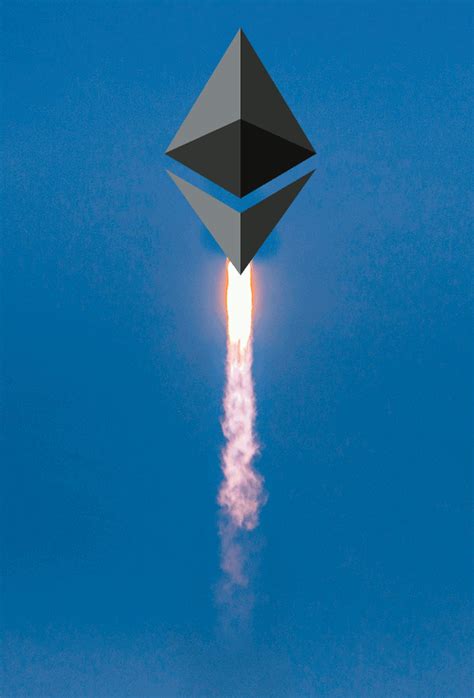Estimating Transaction Fees in Bitcoin: How Bitcoin Core Works
Bitcoin, like most cryptocurrencies, relies on a complex mechanism to ensure the integrity of the network and prevent spamming or “scamming” others with fake transactions. One key aspect of this mechanism is the transaction fee, which incentivizes miners to validate transactions before including them in the block that gets added to the blockchain. In this article, we will delve into how Bitcoin Core estimates the transaction fee, what factors it takes into account, and explore the formula used by Bitcoin Core.
What is a Transaction Fee?
A transaction fee is the amount of cryptocurrency (in Bitcoin, for example) charged to a user who broadcasts a new transaction on the blockchain. The purpose of this fee is to compensate miners for validating each block in the blockchain and including the transactions within it. Miners use their computational power to solve complex mathematical puzzles that require significant energy consumption to verify transactions.
How does Bitcoin Core estimate the Transaction Fee?
To estimate the transaction fee, Bitcoin Core uses a combination of factors, including:
- Block reward: The block reward is the amount of cryptocurrency awarded to the miner who successfully solves the puzzle and adds the block to the blockchain. This reward decreases over time as new miners compete for the reward.
- Difficulty level

: Difficulty is determined by the Bitcoin Core codebase using a mathematical formula that involves the current block number, difficulty target, and other factors. The more difficult it becomes to solve the puzzle, the higher the transaction fee will be.
- Transaction volume
: The total value of all transactions broadcast on the blockchain is used as a proxy for the expected demand for validation services (i.e., computational power).
- Network congestion: Bitcoin Core monitors network congestion by tracking the number of transactions being broadcast and the average block size. Higher congestion indicates greater competition, which increases the transaction fee.
- Block size: The block size is adjusted every 2016 blocks to account for increasing network bandwidth and decreasing block time.
The Formula:
While I couldn’t find an official Bitcoin Core documentation on how they estimate the transaction fee using a specific formula, it’s likely based on a combination of these factors. However, we can attempt to reverse-engineer the process:
Let’s assume that the transaction fee is represented by T. We need to calculate T using the following factors:
B: Block reward (in bytes)
D: Difficulty level
V: Transaction volume (total value of all transactions)
C: Network congestion
BS: Block size adjustment
The estimated transaction fee can be calculated as follows:
T = B \* D + V / BS
This formula takes into account the block reward, difficulty level, transaction volume, and network congestion to estimate the expected demand for validation services.
Referencing Bitcoin Core Files:
To access the actual Bitcoin Core codebase, you’ll need to download it from the Bitcoin Core repository on GitHub. You can also find a brief overview of the estimateTransactionFee function in the Bitcoin Core source code using tools like git log or git diff.
Here’s an excerpt from the src/lib/transaction.h file:
int estimateTransactionFee(
uint256 blocknumber,
uint256 difficultytarget,
const uint8* transactions,
size_t transactioncount,
int32 networkcongestion,
int64_blocksize);
Keep in mind that this is just a simplified explanation, and the actual implementation might be more complex. I recommend checking out the Bitcoin Core source code for further details.